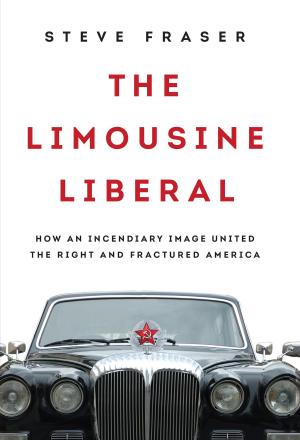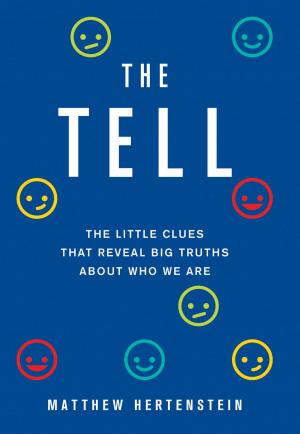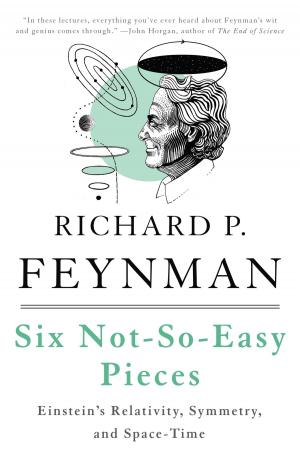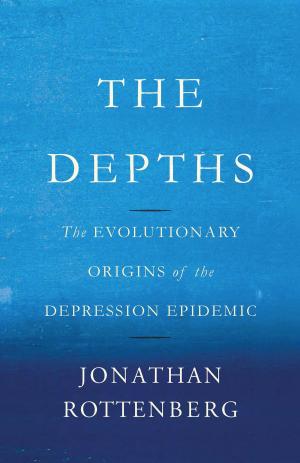Einstein's Dice and Schrödinger's Cat
How Two Great Minds Battled Quantum Randomness to Create a Unified Theory of Physics
Nonfiction, Science & Nature, Science, Physics, General Physics| Author: | Paul Halpern | ISBN: | 9780465040650 |
| Publisher: | Basic Books | Publication: | April 14, 2015 |
| Imprint: | Basic Books | Language: | English |
| Author: | Paul Halpern |
| ISBN: | 9780465040650 |
| Publisher: | Basic Books |
| Publication: | April 14, 2015 |
| Imprint: | Basic Books |
| Language: | English |
"A fascinating and thought-provoking story, one that sheds light on the origins of... the current challenging situation in physics."
--Wall Street Journal
When the fuzzy indeterminacy of quantum mechanics overthrew the orderly world of Isaac Newton, Albert Einstein and Erwin Schrödinger were at the forefront of the revolution. Neither man was ever satisfied with the standard interpretation of quantum mechanics, however, and both rebelled against what they considered the most preposterous aspect of quantum mechanics: its randomness. Einstein famously quipped that God does not play dice with the universe, and Schrödinger constructed his famous fable of a cat that was neither alive nor dead not to explain quantum mechanics but to highlight the apparent absurdity of a theory gone wrong. But these two giants did more than just criticize: they fought back, seeking a Theory of Everything that would make the universe seem sensible again.
In Einstein's Dice and Schrödinger's Cat, physicist Paul Halpern tells the little-known story of how Einstein and Schrödinger searched, first as collaborators and then as competitors, for a theory that transcended quantum weirdness. This story of their quest-which ultimately failed-provides readers with new insights into the history of physics and the lives and work of two scientists whose obsessions drove its progress.
Today, much of modern physics remains focused on the search for a Theory of Everything. As Halpern explains, the recent discovery of the Higgs Boson makes the Standard Model-the closest thing we have to a unified theory- nearly complete. And while Einstein and Schrödinger failed in their attempt to explain everything in the cosmos through pure geometry, the development of string theory has, in its own quantum way, brought this idea back into vogue. As in so many things, even when they were wrong, Einstein and Schrödinger couldn't help but get a great deal right.
"A fascinating and thought-provoking story, one that sheds light on the origins of... the current challenging situation in physics."
--Wall Street Journal
When the fuzzy indeterminacy of quantum mechanics overthrew the orderly world of Isaac Newton, Albert Einstein and Erwin Schrödinger were at the forefront of the revolution. Neither man was ever satisfied with the standard interpretation of quantum mechanics, however, and both rebelled against what they considered the most preposterous aspect of quantum mechanics: its randomness. Einstein famously quipped that God does not play dice with the universe, and Schrödinger constructed his famous fable of a cat that was neither alive nor dead not to explain quantum mechanics but to highlight the apparent absurdity of a theory gone wrong. But these two giants did more than just criticize: they fought back, seeking a Theory of Everything that would make the universe seem sensible again.
In Einstein's Dice and Schrödinger's Cat, physicist Paul Halpern tells the little-known story of how Einstein and Schrödinger searched, first as collaborators and then as competitors, for a theory that transcended quantum weirdness. This story of their quest-which ultimately failed-provides readers with new insights into the history of physics and the lives and work of two scientists whose obsessions drove its progress.
Today, much of modern physics remains focused on the search for a Theory of Everything. As Halpern explains, the recent discovery of the Higgs Boson makes the Standard Model-the closest thing we have to a unified theory- nearly complete. And while Einstein and Schrödinger failed in their attempt to explain everything in the cosmos through pure geometry, the development of string theory has, in its own quantum way, brought this idea back into vogue. As in so many things, even when they were wrong, Einstein and Schrödinger couldn't help but get a great deal right.















